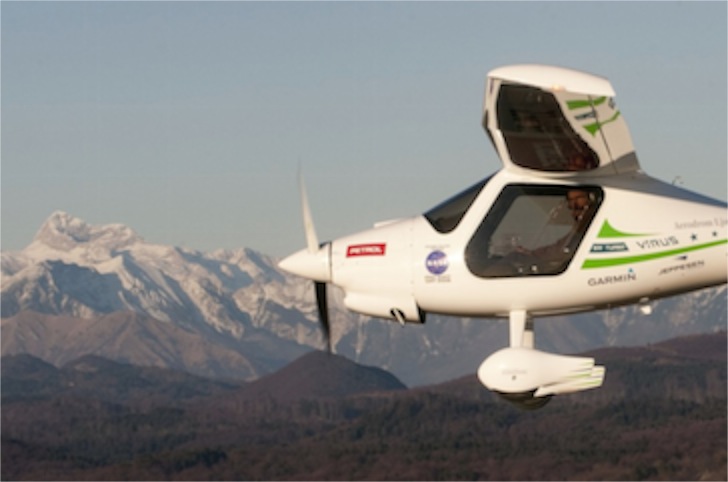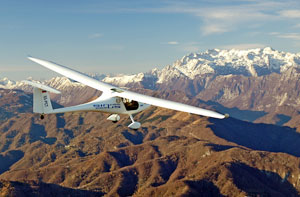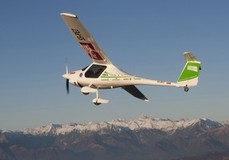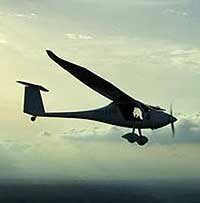Another Record
02/01/12 06:02
I guess I never was one to set out to break records. I have had no particular need to be first or fastest or most in anything. There is a copy of the Guinness Book of World Records in my dentist’s office and I look at it from time to time while I am waiting to have my teeth cleaned. There are some interesting feats reported in the book, but, frankly, after a while I become bored with the various things reported. People will go a long way and make a huge effort to establish a record. The first phase appears to be discovering some new category. Once a category is established, the initial record is set. Then records fall as new people discover the category and attempt the same feat on a grander scale. Some of the things, like world’s largest candy bar, could go on for a long time with a new group just doing a bit more organization and buying a bit more chocolate. The most kids hula hooping or playing each others’ violins seem to be the kind of records that can fall simply by gathering a larger crowd.
There are, however, some records that catch my interest. I like to read about aviation records. Having grown up around airplanes and having a phase of my life when I was a pilot with a share in an airplane, I enjoy things related to flying. When Dick Rutan and Jeana Yeager flew around the world in the Voyager in December of 1986, part of their funding was a $10 donation from me. I liked the idea of a privately-funded effort going for the record for distance unrefueled. The previous record holder had been a United States Air Force Crew piloting a Boeing B-52.
If you take a stroll through the Smithsonian Air and Space Museum, you can see the Voyager and a lot of other airplanes that were experimental, home-built, and specially modified by private individuals to go after various records.

So I’ll be paying attention over the next few weeks (and perhaps months) as Matevz Lenarcic heads out to fly around the world in an ultra-light aircraft . He isn’t going for the record to be the first. It has been done before. In fact, he has done it before. After having his 2002 attempt stopped by bureaucratic paperwork – or the lack of paperwork, he added some equipment to his airplane and made it around in 2004.
This time the biologist and environmentalist will take off tomorrow in a two-month journey around the world in the attempt to break records for lightest aircraft and least amount of fuel in a circumnavigation of the globe. It is no small feat, though the airplane will be small. In order to succeed, he will have to spend some of his time on the ground waiting for weather conditions to be just right. He doesn’t have any anti-icing equipment and doesn’t carry radar with him.

The least amount of fuel to fly around the globe – that is quite an interesting goal. The Slovenian adventurer has already caught the world’s attention with previous flights and with a book of gorgeous photographs that he took flying over the Alps. This attempt will be a feat of endurance and ingenuity.
The airplane is a Virus SW914 ultra-light airplane manufactured by the Slovenian company Pipistrel. It is not too heavily modified from the sport airplane produced by the company. The airplane is designed to carry two people on short flights. His version has the extra seat and controls removed, some extra fuel capacity added, and some extra space for survival gear. He also will be flying with GPS navigation and a three-axis autopilot, required by Canadian authorities for attempting to cross the Atlantic from Canada. The lack of the autopilot was what stopped his first attempt after flying west-to east across Ukraine, Siberia, Alaska and Canada.

Power for his flight is the Rotax 914 – a well tested, 4-stroke turbocharged engine developed for recreational aircraft and installed by manufacturers around the world. The four cylinder, horizontally opposed engine has accumulated millions of flight hours and is very reliable. It can operate on automotive fuel, so availability of fuel and repairs should not be a problem for the flight. 115 horsepower isn’t much, but the low power is one of the ways to achieve low fuel consumption.
There is, however, considerable risk involved. He will need to fly near the service ceiling of the airplane for extended periods when crossing mountains. He will need to fly long distances over water, forest, and other inhospitable terrain. He will need to be constantly aware of changing weather and wind conditions. Too much flying into a headwind will result in too much fuel consumption to make the record. The route of the flight covers a part of the world where airports are few and far-between.
My role, however, is just as an armchair observer. I’ll check out his progress on the web from time to time, though even that will be a bit of a problem as I am dependent on the reporting of news sites. Although Lenarcic speaks English and has written in English, I can’t find an English-language site that is tracking the flight.

It is good to begin a new year with a new adventure. And there is a new twist to this record attempt. Instead of going for farthest, fastest, biggest, Lenarcic is trying for the least – the least amount of fuel used to fly around the world.
There are still plenty of records out there for adventurers to seek and challenges that we might think to be impossible that can be accomplished with the application of ingenuity and energy. Despite the prevailing opinion, one person can still make a change in the world.
I hope Lenarcic makes it. And I hope that not long afterward someone breaks the record. Decreasing fuel consumption and becoming more efficient are things that can be shared with others and used in a wide variety of settings.
Fly safely!
There are, however, some records that catch my interest. I like to read about aviation records. Having grown up around airplanes and having a phase of my life when I was a pilot with a share in an airplane, I enjoy things related to flying. When Dick Rutan and Jeana Yeager flew around the world in the Voyager in December of 1986, part of their funding was a $10 donation from me. I liked the idea of a privately-funded effort going for the record for distance unrefueled. The previous record holder had been a United States Air Force Crew piloting a Boeing B-52.
If you take a stroll through the Smithsonian Air and Space Museum, you can see the Voyager and a lot of other airplanes that were experimental, home-built, and specially modified by private individuals to go after various records.

So I’ll be paying attention over the next few weeks (and perhaps months) as Matevz Lenarcic heads out to fly around the world in an ultra-light aircraft . He isn’t going for the record to be the first. It has been done before. In fact, he has done it before. After having his 2002 attempt stopped by bureaucratic paperwork – or the lack of paperwork, he added some equipment to his airplane and made it around in 2004.
This time the biologist and environmentalist will take off tomorrow in a two-month journey around the world in the attempt to break records for lightest aircraft and least amount of fuel in a circumnavigation of the globe. It is no small feat, though the airplane will be small. In order to succeed, he will have to spend some of his time on the ground waiting for weather conditions to be just right. He doesn’t have any anti-icing equipment and doesn’t carry radar with him.

The least amount of fuel to fly around the globe – that is quite an interesting goal. The Slovenian adventurer has already caught the world’s attention with previous flights and with a book of gorgeous photographs that he took flying over the Alps. This attempt will be a feat of endurance and ingenuity.
The airplane is a Virus SW914 ultra-light airplane manufactured by the Slovenian company Pipistrel. It is not too heavily modified from the sport airplane produced by the company. The airplane is designed to carry two people on short flights. His version has the extra seat and controls removed, some extra fuel capacity added, and some extra space for survival gear. He also will be flying with GPS navigation and a three-axis autopilot, required by Canadian authorities for attempting to cross the Atlantic from Canada. The lack of the autopilot was what stopped his first attempt after flying west-to east across Ukraine, Siberia, Alaska and Canada.

Power for his flight is the Rotax 914 – a well tested, 4-stroke turbocharged engine developed for recreational aircraft and installed by manufacturers around the world. The four cylinder, horizontally opposed engine has accumulated millions of flight hours and is very reliable. It can operate on automotive fuel, so availability of fuel and repairs should not be a problem for the flight. 115 horsepower isn’t much, but the low power is one of the ways to achieve low fuel consumption.
There is, however, considerable risk involved. He will need to fly near the service ceiling of the airplane for extended periods when crossing mountains. He will need to fly long distances over water, forest, and other inhospitable terrain. He will need to be constantly aware of changing weather and wind conditions. Too much flying into a headwind will result in too much fuel consumption to make the record. The route of the flight covers a part of the world where airports are few and far-between.
My role, however, is just as an armchair observer. I’ll check out his progress on the web from time to time, though even that will be a bit of a problem as I am dependent on the reporting of news sites. Although Lenarcic speaks English and has written in English, I can’t find an English-language site that is tracking the flight.

It is good to begin a new year with a new adventure. And there is a new twist to this record attempt. Instead of going for farthest, fastest, biggest, Lenarcic is trying for the least – the least amount of fuel used to fly around the world.
There are still plenty of records out there for adventurers to seek and challenges that we might think to be impossible that can be accomplished with the application of ingenuity and energy. Despite the prevailing opinion, one person can still make a change in the world.
I hope Lenarcic makes it. And I hope that not long afterward someone breaks the record. Decreasing fuel consumption and becoming more efficient are things that can be shared with others and used in a wide variety of settings.
Fly safely!